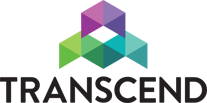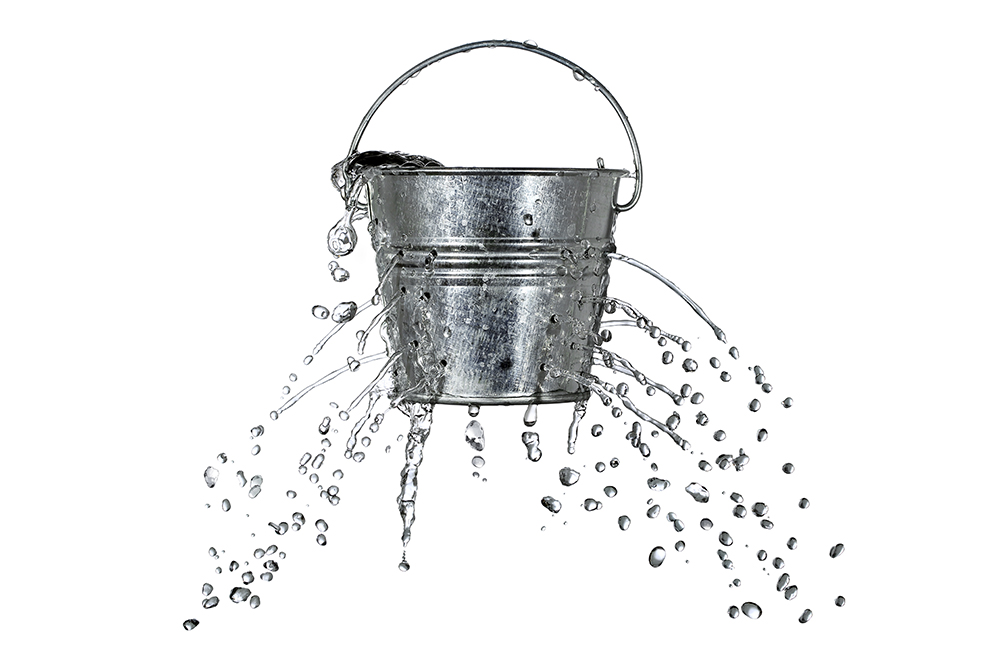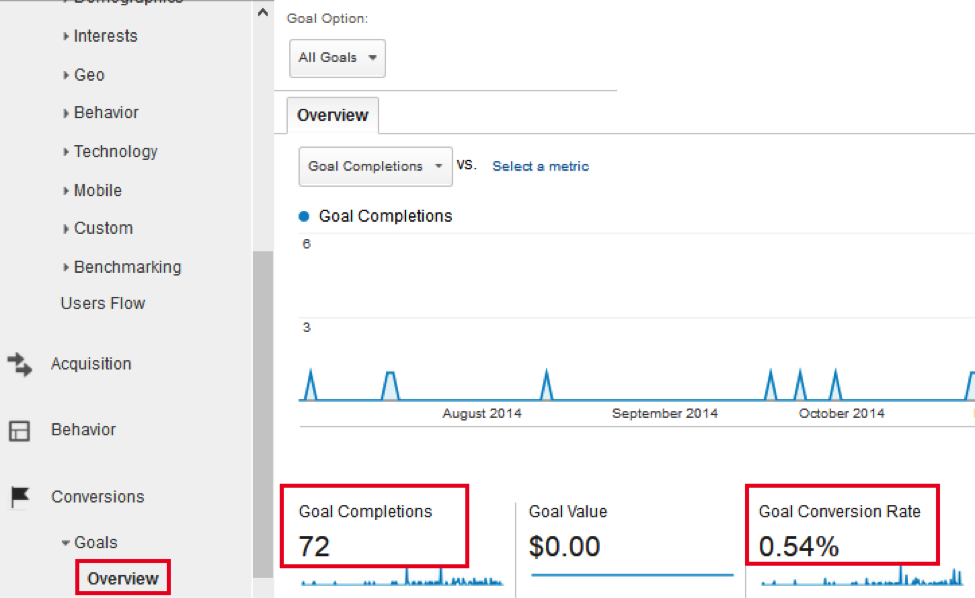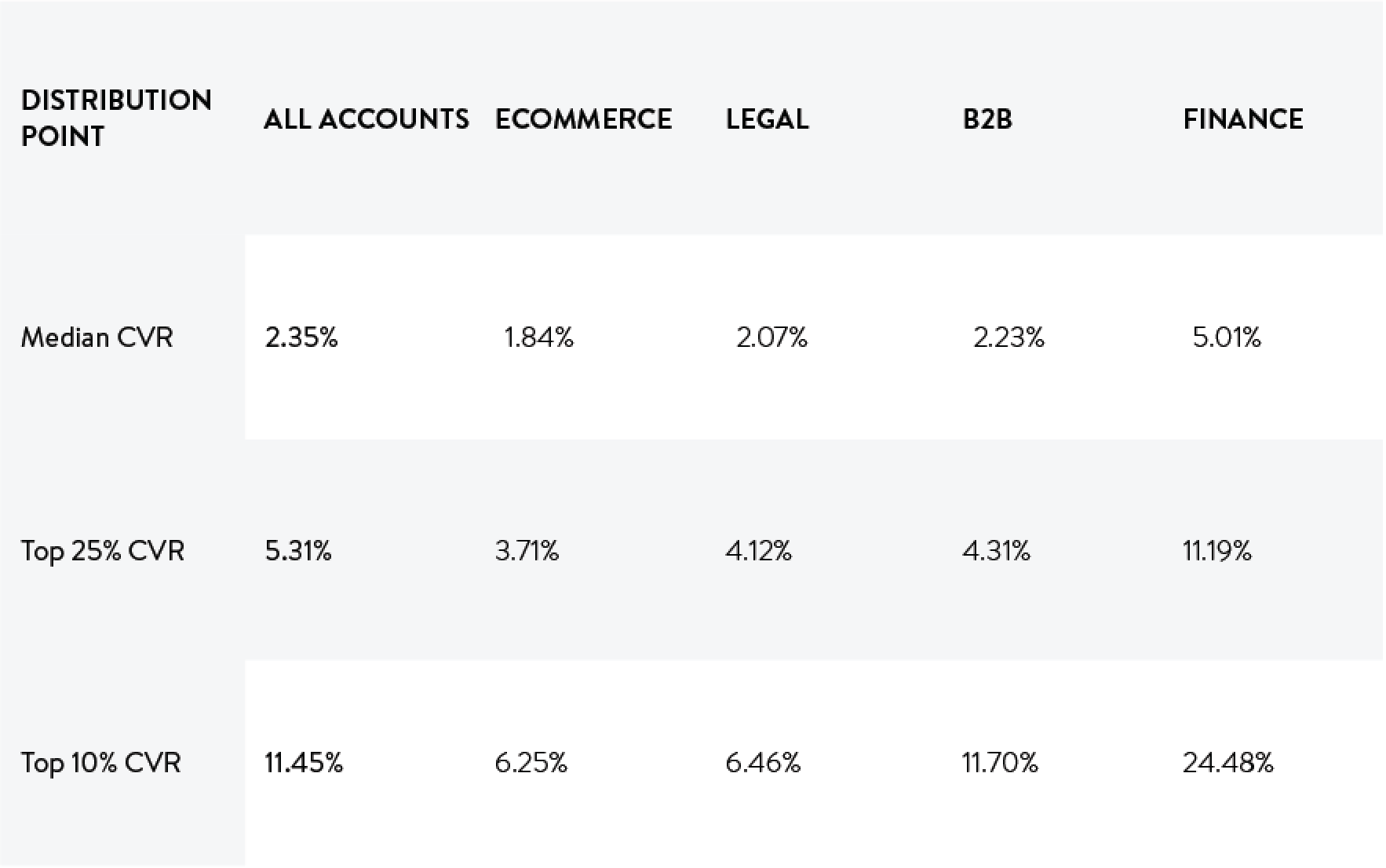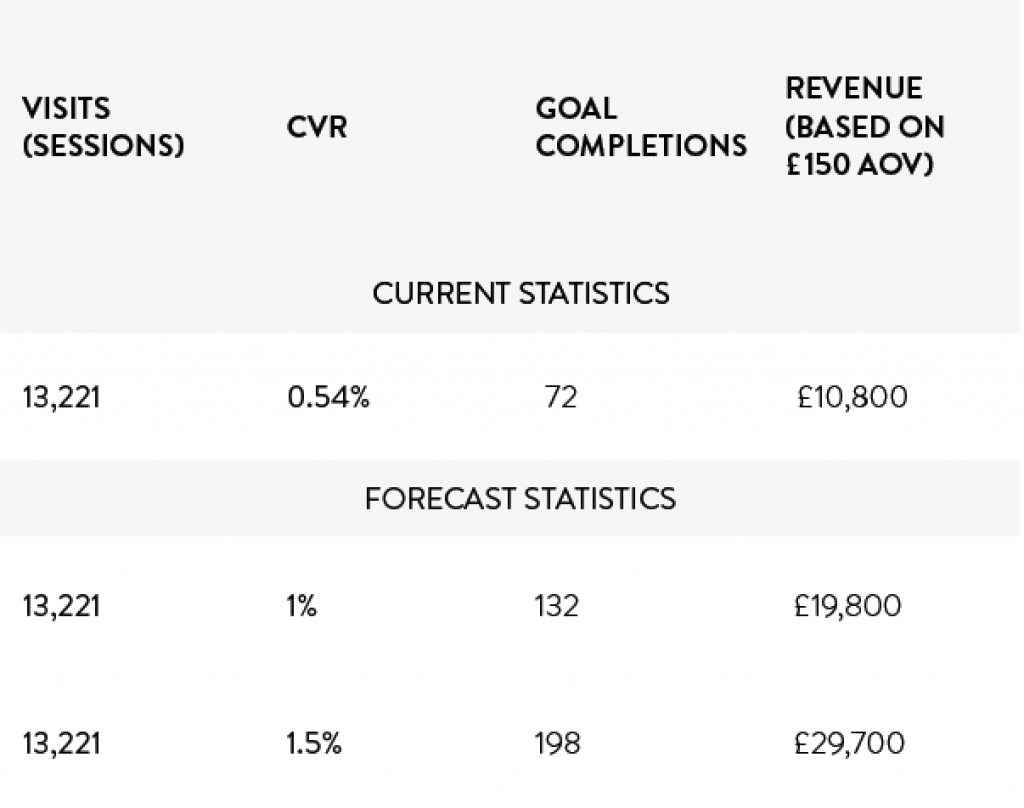Fixing the leaky bucket: conversion rate optimisation (CRO) de-mystified
Do you ever go to buy something online, get frustrated and give up? Perhaps there isn’t enough information, the product images aren’t big enough, or the site is just frustratingly slow. Chances are you do all of this without really thinking, because you’ve already gone elsewhere. Research by the Guardian has found that attention spans are waning and consumers are expecting to find what they need within one to five seconds.
Do you know how many people do this on your website? Can they quickly find what they’re looking for, and more importantly, do they convert into a paying customer or make an enquiry? Consider the amount of budget you spend on getting people to your website. Can you afford not to have a conversion rate optimisation strategy in place to convert those visitors into paying customers?
This article de-mystifies conversion rate optimisation (often referred to as CRO). It explains what it is, how it impacts the bottom line of your business, and how you compare against industry averages. You’ll find out how much your revenue could increase by improving conversion rate. We’ll also share top five reasons why CRO is important, and tips for how to get started with a conversion rate optimisation strategy.
Let’s start from the beginning…what does conversion mean and what is conversion rate optimisation?
In layman’s terms, conversion means getting a website visitor to take action. Depending on your business, this could mean signing up for a newsletter, creating an account, downloading a white paper, making an enquiry or buying a product.
Whatever action you want your users to take, conversion rate optimisation means finding out why your visitors aren’t taking that action and fixing it. Here is the Wikipedia definition:
“Conversion rate optimization (CRO) is the method of creating an experience for a website or landing page visitor with the goal of increasing the percentage of visitors that convert into customers. It is also commonly referred to as CRO.”
However, it isn’t about blindly making changes to your website with the hope that things will improve. The conversion rate optimisation process requires continual testing and improving to make the most of the people who do come to your website, with the ultimate goal of increasing conversion rate and revenue.
It’s about taking a structured approach with a detailed plan which is informed by data, insights and user feedback. This can include information from surveys, focus groups, competitor benchmarking, usability studies and customer journey analysis, which we’ll touch on later in our top five tips. To begin with, let’s find out the conversion rate for your own website to see how you compare against others in your industry.
How to measure your conversion rate
You’ll need to log in to Google Analytics and have goal tracking enabled. Set the dates to the last 6 months so you can review a meaningful amount of data. Then go to Conversions > Goals > Overview. On the right-hand side of the same section you will find your goal conversion rate. You’ll also see goal completions which we’ll need for some number crunching in a moment.
For this particular B2B website the conversion rate is 0.54%, so let’s see how it compares to the industry average.
Industry benchmarks: are you below or above average?
Giving a benchmark for conversion rate is difficult because results differ so greatly across industry sectors. Let’s take a look at a recent study carried out by Wordstream, which is based on real data from real client accounts.
Wordstream found that the median average for conversion rate was 2.23% for B2B websites, so the example we gave above is well below average! But how does your website compare? The table below shows the conversion rate averages (labelled ‘Median CVR’) for different sectors, together with results from the top 25% and top 10% of sites they reviewed.
How you could increase your revenue
Now you know your conversion rate and how it compares to others in the industry, let’s do some quick maths to see how much your revenue could increase if your conversion rate was higher. You’ll need the following numbers to hand:
- Visits
- Conversion rate
- Goal completions
- Average order value
These are the calculations we’ll be doing to find out the impact to the bottom line:
Visits x conversion rate % = goal completions
Goal completions x average order value = revenue
In the table below you’ll see we’ve used the figures from the same example website. We’ve given the current statistics (highlighted in yellow) and the forecast statistics based on visits staying the same but conversion rate increasing (highlighted in green).
As you can see, revenue could be doubled if conversion rate was increased to 1% for this website, and tripled if it was 1.5%! Although it’s obvious that if conversion rate doubles, so does revenue, by seeing the numbers in black and white it shows how CRO can really have an impact to your bottom line. So how do the numbers stack up for your own business?
Why CRO matters: Top 5 reasons
If you’ve compared your own conversion rate to others in your industry, you may or may not be surprised by the results. If you’ve worked out how much revenue could be gained by making improvements to your conversion rate, you might already be wanting to get a strategy in place. Even if your conversion rate is healthy, there is always room for improvement, right? We’re now going to delve into our top five reasons why a CRO strategy needs to be part of your regular marketing activity:
Reason 1: It could increase enquiries and sales
Our calculations above say it all, and a recent report from eConsultancy found that 82% of companies said the focus on CRO has become more important over the last five years. With the potential increase in revenue it’s easy to see why.
Reason 2: It addresses short attention spans
Attention spans will only get shorter and consumers will only get more impatient. You’ve got between one and five seconds to grab them!
Reason 3: It drives the right type of customers
With a focused, methodical and data-driven strategy, your marketing activity should be driving the right type of visitors. However, conversion rate optimisation goes one step further to make your site more relevant and meaningful to the type of audience you want to attract. It helps visitors move along the funnel and take action.
Reason 4: It builds your brand by improving user experience
A recent survey found that 76% of online retailers believe a website experience defines brand perception. Since CRO is all about improving user experience, whether through content, layout, page load speed or calls to action, it will all help build your brand. A stronger brand means a stronger business.
Reason 5: It makes your marketing budget work harder and lowers acquisition costs
With 80% of companies increasing their marketing budget in 2015, it’s important that every penny is well spent. The average cost to acquire a customer (cost-per-acquisition, or CPA) typically rises each year, especially with the increase in costs of many marketing channels such as PPC. Don’t you want more of your marketing budget to translate into paying customers?
Top 5 tips: Getting started with conversion rate optimisation
Now that you know more about conversion rate optimisation and how it can positively impact your business, let’s take a look at top five tips to help you get started with a strategy.
Tip 1: Take a structured and strategic approach
Although it’s tempting to just set up an A/B test or change some copy here and there, taking a structured approach with a 3-6 month plan will reap more benefits in the long run. EConsultancy’s recent CRO report found that “Companies with a structured approach were four times more likely to have a significant increase in sales than a decrease.”
Tip 2: Put yourself in the customers’ shoes
Start from the very beginning, and use your website as a customer would. Go through the typical user journey of buying a product or making an enquiry. How easy is it to take action?
For example if you sell shoes, research the type, size and colour of the shoes available, add them to your basket and go through the checkout. What problems did you come up against, slow loading time? Poor filtering? Not enough content or images about the product? No reviews?
If people are buying online they want to know what the shoes look like, whether they will fit and look good. Whether they can be delivered at a convenient time. And can they be returned easily if there’s a problem? Now repeat the same task on your competitor sites and keep a record of your findings.
Tip 3: Get customer feedback
Invite some customers in for user testing, ask for feedback on your site or hold a focus group. Find out what motivates them to take action. What are the common problems they come up against? How could the user experience be improved for them? Surveys can also be a quick way to gather feedback. Tools like Survey Monkey let you ask 10 questions to 100 people for free. Why not email a selection of customers and incentivise them to take part?
Tip 4: Ask your customer services team
Staff on the front-line also hold buckets of information about your customers’ frustrations. They’re the shoulder to cry on when things go wrong so they can be an extremely useful insight into identifying common problems. Hold a feedback session for an hour and get as much information as you can.
Tip 5: Dig into more data
Earlier we showed you how to find your conversion rate in Google Analytics. There is tons more data to help inform your CRO strategy such as conversion funnels, entrance and exit pages, bounce rate, mobile and tablet usage, and time on site. 58% of companies surveyed by eConsultancy analysed customer journey statistics like this to inform their decisions about CRO. So why not dive in and crunch the numbers?
A summary of conversion rate optimisation
Now that you know more about the meaning of conversion rate optimisation, the business benefits, and how to compare your own data with others in your industry, you can use Transcends top five CRO tips to get started. Just remember that a structured approach driven by data, information and feedback is more likely to drive improvements in conversion rate and have a bigger impact on your revenue!
If you need further advice or need help with getting started then get in touch with us the Transcend marketing team today on 01202 241 980 or email [email protected]. We can even arrange a free digital health check for your business!
